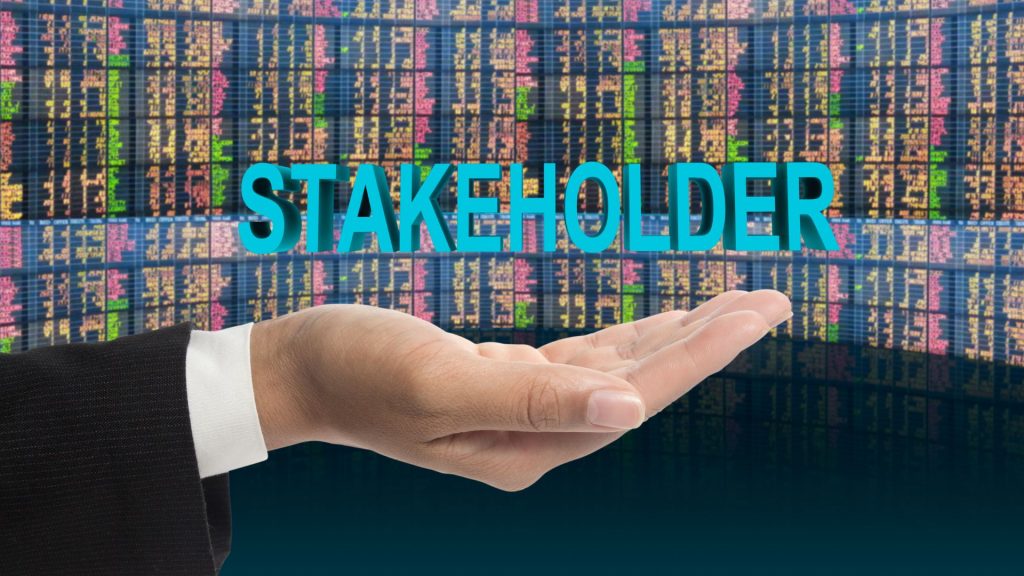Data and information stakeholders are used both within and outside the organization. Organizations use data related to customers for various purposes. For example, customer information is used to identify and verify the customers before onboarding or opening their accounts, or the organization may use the customers’ information for direct marketing, and so on.
Data and Information Stakeholders
Customer information may also be used by the sales and marketing team for the segment analysis and study of customers’ buying behavior in a particular region or segment.
Similarly, the company’s data, like the previous financial transactions record, the record of fixed assets purchases, or the data about the new product to be launched, etc., may be used by the finance team for financial modeling or cash flow projections.
Further, the company’s regulator may ask for the data or information. For example, in the case of financial institutions, the regulatory authorities may require financial institutions to share different information about the number of accounts opened during the period, with detail of the politically exposed persons’ accounts opened.
Regulatory authorities also require the organizations’ financial statements to be shared with them. In some specialized institutions, like banks, the regulator requires banks to share the information of those customers who are found suspicious.
Risks affect the business activities, operations, and financial reporting process. Organizations need to identify and assess the risks of material misstatement in the financial statements to understand the financial reporting risks that may affect the organization’s overall objective. Regulatory authorities also issue different information in the form of laws and regulations, which organizations must comply with.
Organizations must also open customers accounts in some meaningful manner, or organizations need to respond appropriately to fraud risks or suspected frauds that are identified during the examination of the financial system and reporting process. This action is necessary because artificially inflated financial results do not mean that organizational objectives are achieved and shareholders’ wealth is maximized. These activities must be controlled according to some defined information or guidelines.
For example, the central bank may issue new regulations for the customers’ onboarding process, or a new regulation may be given to prevent fraudulent activities in the banks. These laws and regulations become information for the bank, which is used to develop internal controls and processes, to comply with those laws and regulations.
Final Thoughts
Upstream producers, gatherers, or acquirers of information; downstream consumers of information, those who manage, transform, or store data; or those who set policies, standards, architectures, or other requirements or constraints are all examples of data stakeholders. A data stakeholder is an individual or group who can influence or is influenced by the data under consideration.




